Trends come and go, but when it comes to home design, what feels chic today can quickly feel tired tomorrow. As we race through the 2020s, some of the most talked-about styles are already on the verge of overstaying their welcome. Whether it’s materials that lack staying power or color palettes that are losing their charm, these 12 stylish home trends are at risk of screaming “dated” by 2028. If you’re planning a renovation—or just want to avoid future design regret—it might be time to rethink these fading favorites.
1. Halogen Lighting
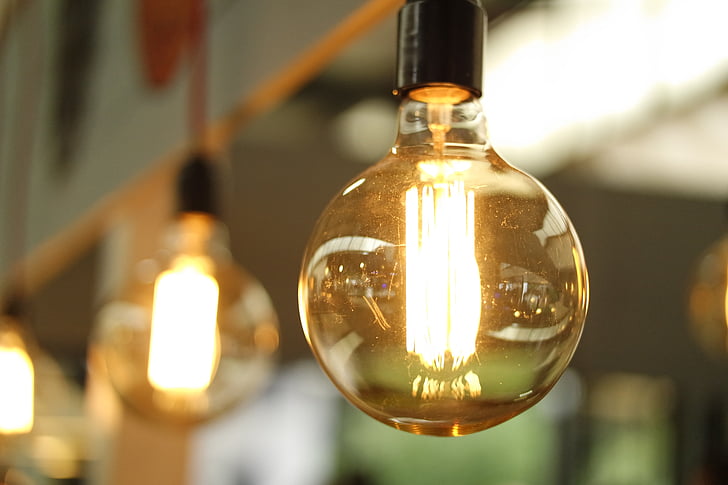
Halogen lights, once a popular choice for their bright and natural-looking illumination, are rapidly falling out of favor due to their inefficiency and short lifespan. These bulbs generate excessive heat, making them less energy-efficient compared to LEDs, which use up to 85% less electricity. The European Union has already banned most halogen bulbs, with other regions following suit due to environmental concerns. LEDs, with their longer lifespans and compatibility with smart lighting systems, are the preferred alternative.
By 2028, halogen lighting will become obsolete as homeowners prioritize sustainable and cost-effective solutions. Advanced LED options, including tunable white and color-changing lights, offer superior functionality and energy savings. Moreover, halogen bulbs are limited in their ability to integrate with smart home ecosystems, further accelerating their decline. With governments and consumers alike focusing on reducing energy consumption, halogen lighting will soon become a relic of the past.
2. Manual Window Shades

Manual window shades are losing ground to motorized and smart shading systems that offer enhanced convenience and energy efficiency. Smart shades can be programmed to open and close automatically based on the time of day or indoor temperature, helping to reduce heating and cooling costs. According to the International Energy Agency (IEA), optimizing natural light can significantly reduce energy use in buildings. Motorized shades are often integrated with smart home systems, allowing control through apps or voice commands. Some models are equipped with sensors that detect sunlight intensity and adjust accordingly, minimizing glare and heat gain.
By 2028, manual shades will seem outdated in comparison to these intelligent, automated solutions. Smart shades are also available in a variety of materials, including eco-friendly and recyclable options, aligning with sustainability trends. Additionally, their sleek, modern designs appeal to homeowners seeking both functionality and aesthetics. As the smart home industry grows, manual window coverings will steadily fall out of favor.
3. Single-Pane Windows
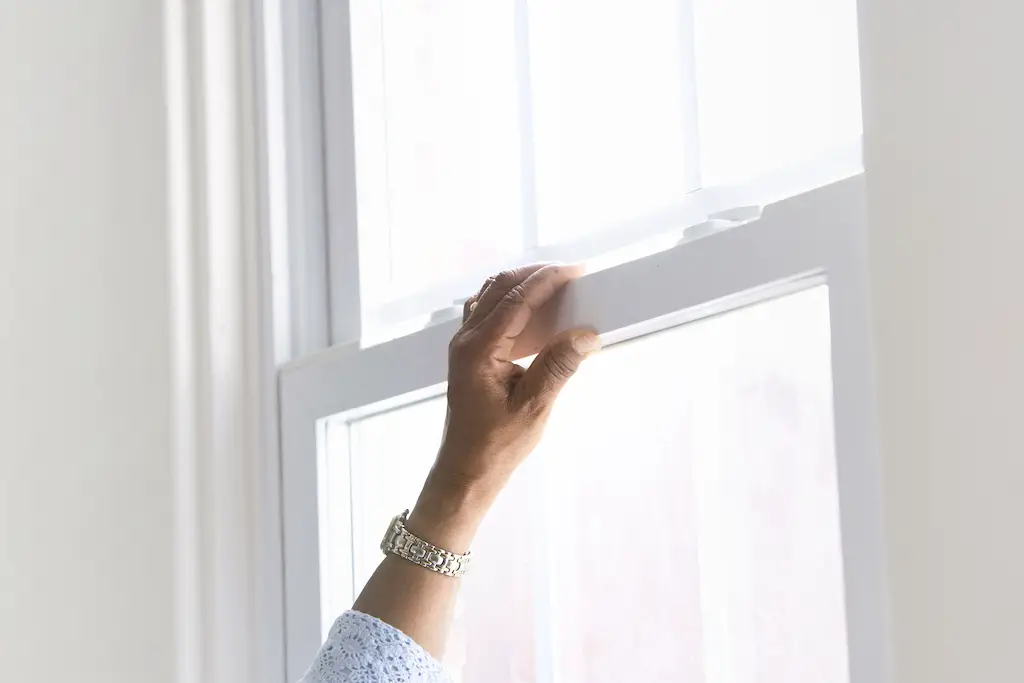
Single-pane windows, known for their poor insulation and high energy loss, are increasingly being replaced with energy-efficient alternatives. Double- and triple-pane windows, often filled with argon or krypton gas, significantly reduce heat transfer and improve insulation. According to the U.S. Department of Energy, single-pane windows can account for up to 30% of a home’s heating and cooling energy use. Innovations like low-emissivity (low-E) coatings and smart glass technology, which can adjust transparency to block heat or light, are making single-pane designs obsolete.
Additionally, government incentives and rebates for energy-efficient home upgrades encourage homeowners to invest in modern window solutions. By 2028, homes with single-pane windows will face higher energy costs and reduced resale value, as buyers increasingly prioritize sustainability. The shift toward eco-friendly construction materials and designs will ensure the dominance of energy-efficient windows in the coming years.
4. Outdated Solar Panels

First-generation solar panels, while groundbreaking at their inception, are being replaced by more efficient and aesthetically pleasing alternatives. Modern solar panels boast higher energy conversion rates, often exceeding 20%, compared to older models that average around 15%. Innovations such as bifacial panels, which capture sunlight from both sides, and perovskite solar cells are revolutionizing the industry. According to SEIA, upgrading to newer solar technology can significantly increase energy savings and system lifespan.
By 2028, outdated solar panels will no longer be viable as homeowners seek systems that maximize performance. Many of these newer panels also integrate seamlessly with battery storage solutions, enabling homes to store excess energy for nighttime use. Solar panel designs have become more discreet, including roof tiles and transparent panels, addressing aesthetic concerns. The decline of outdated panels is further driven by incentives for upgrading to advanced solar technologies. As the renewable energy market evolves, first-generation systems will be left behind.
5. Open Shelving in Kitchens
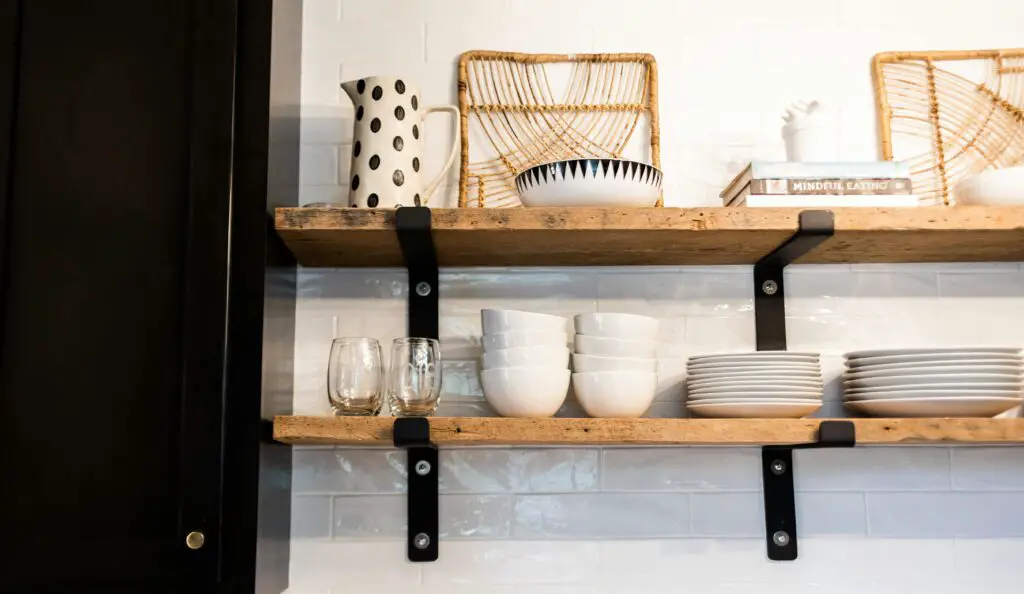
Open shelving was once a breath of fresh air in kitchen design—light, airy, and perfect for showing off beautiful dishes or curated décor. But as time has gone on, the impractical side of this trend has become all too clear. Open shelves can become visual clutter fast, especially if not meticulously styled. They also collect dust and grease, which means extra cleaning and upkeep—something few homeowners find sustainable long-term.
Designers are beginning to favor more functional and enclosed storage that hides away mismatched mugs, food packaging, and small appliances. Cabinetry that extends to the ceiling or includes glass-front doors offers a compromise between beauty and practicality. As more people seek comfort and ease at home, especially post-pandemic, open shelving is likely to fade into the “looks better on Instagram than in real life” category by 2028.
6. Matte Black Fixtures
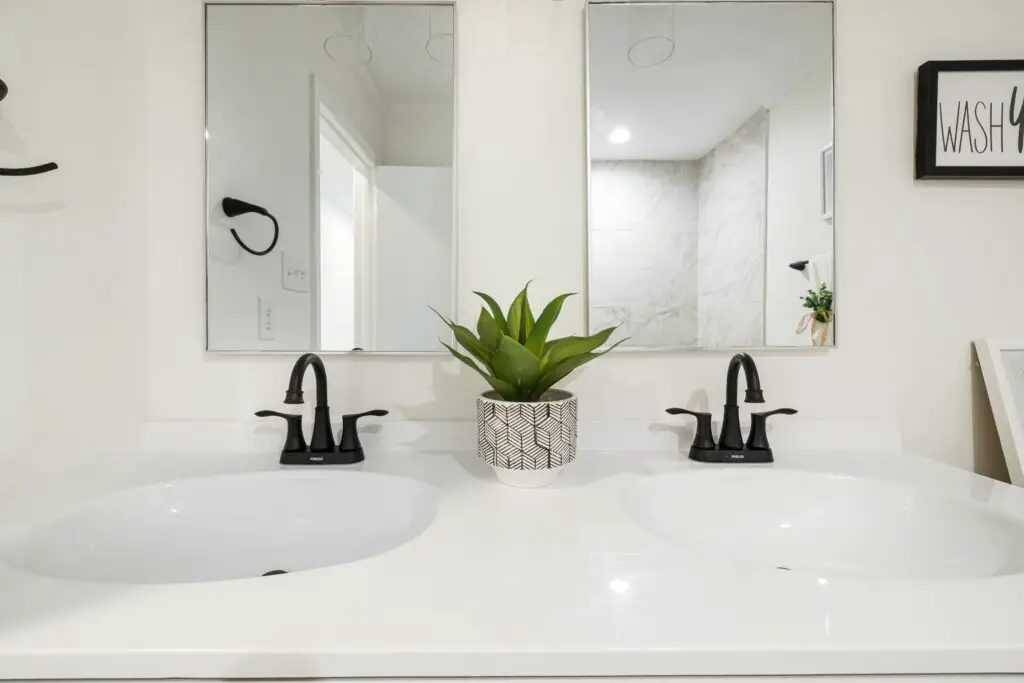
Matte black fixtures surged in popularity for their sleek, modern appeal, offering a bold contrast in white and neutral spaces. They gave bathrooms and kitchens a cool, edgy feel, especially when paired with minimalist design. However, matte black has been so overused in recent years that it risks becoming the next brushed nickel—instantly recognizable as a trend tied to a specific era.
In addition, matte finishes can be harder to maintain, as they show fingerprints, water spots, and soap scum more easily than glossier or metallic alternatives. As the design world shifts toward warmer, softer, and more organic aesthetics, finishes like aged brass, oil-rubbed bronze, and even polished chrome are regaining popularity. Matte black, once modern and daring, may soon feel stark and outdated.
7. Oversized Kitchen Islands
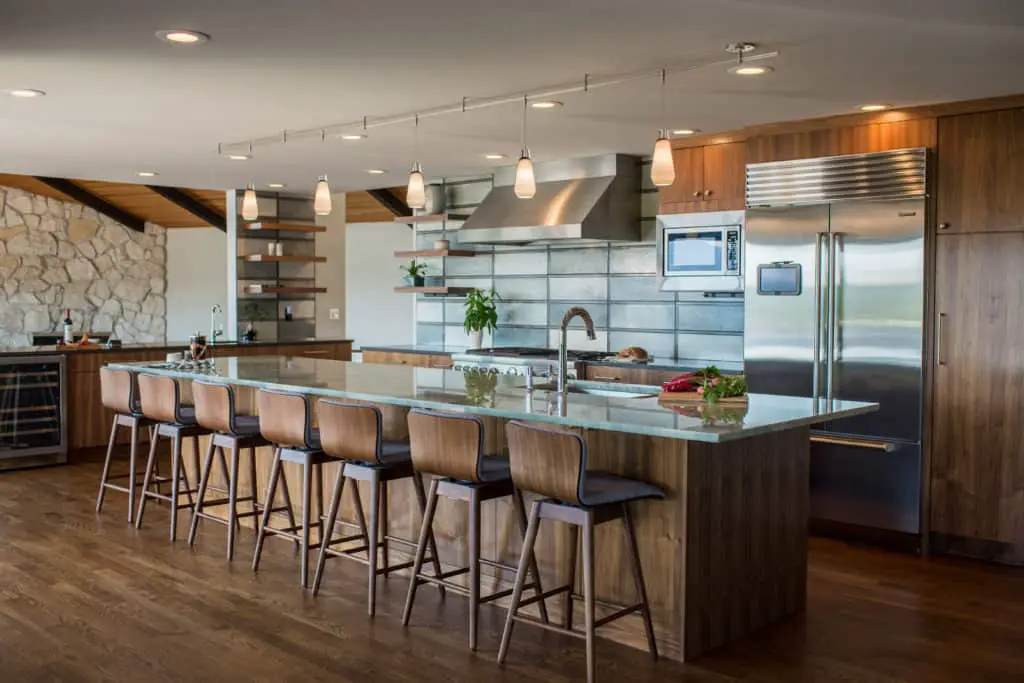
At one time, the oversized kitchen island was the crown jewel of the open-concept home—part prep space, part seating area, part gathering hub. But now, designers and homeowners alike are beginning to question whether bigger is always better. Super-sized islands can overwhelm modest kitchens, hinder natural flow, and ultimately waste space that could be better used with smarter storage or additional work zones.
With more people using their kitchens for multiple purposes—working, schooling, entertaining—flexibility is becoming more important than sheer size. Split islands, mobile prep stations, and built-in storage solutions are gaining favor over monolithic slabs of stone. While oversized islands won’t disappear overnight, their once universally desired status is waning as priorities shift toward efficiency and versatility.
8. Wall-to-Wall Carpeting
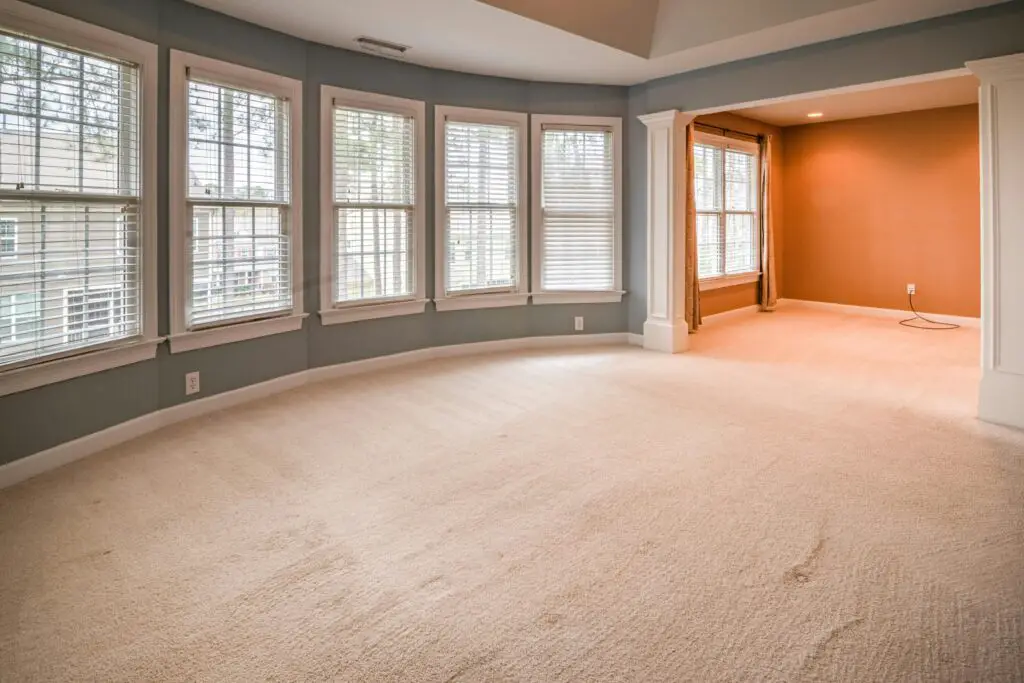
Wall-to-wall carpeting, especially in main living spaces, fell out of favor for a reason. While it offers comfort and warmth underfoot, it’s also notoriously difficult to keep clean and tends to trap allergens, dust, and odors. Even with regular vacuuming, carpet requires deep cleaning to maintain hygiene, which can be costly and time-consuming for homeowners.
Hard surfaces like hardwood, luxury vinyl plank (LVP), and tile have taken the lead for their durability, aesthetic appeal, and ease of maintenance. Area rugs offer the same softness and design impact without the downsides of carpet. While carpeting may remain in bedrooms for comfort, full-floor installations throughout the home are likely to feel increasingly outmoded by 2028.
9. Statement Tiled Backsplashes
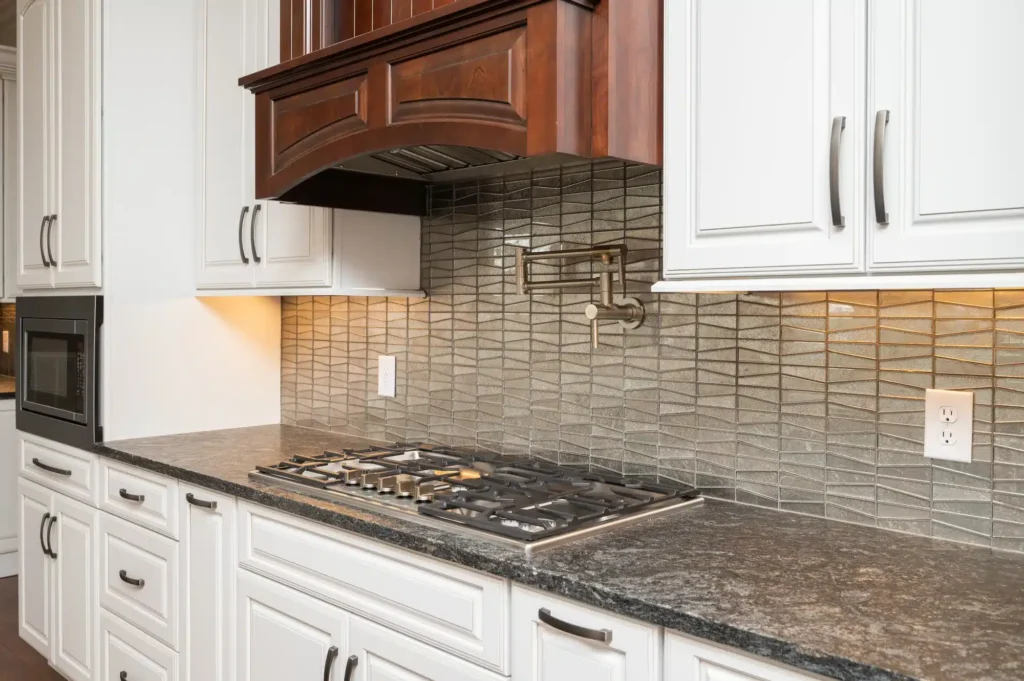
At first glance, a bold tile backsplash adds personality and flair to a kitchen. Intricate patterns, geometric designs, and colorful motifs became a hallmark of kitchen upgrades in the 2010s and early 2020s. However, Elle Decor notes that bold tile choices can date a kitchen quickly, particularly when the style leans heavily on trending patterns like Moroccan or encaustic designs.
When resale or renovation time comes around, homeowners may find themselves ripping out that once-beloved tile to suit more timeless tastes. Design experts are increasingly recommending more neutral, classic backsplash materials like subway tile, marble, or even slab backsplashes for a seamless look. Statement tiles still have their place—but they may need to be used sparingly to avoid looking passé within just a few years.
10. Industrial-Style Lighting
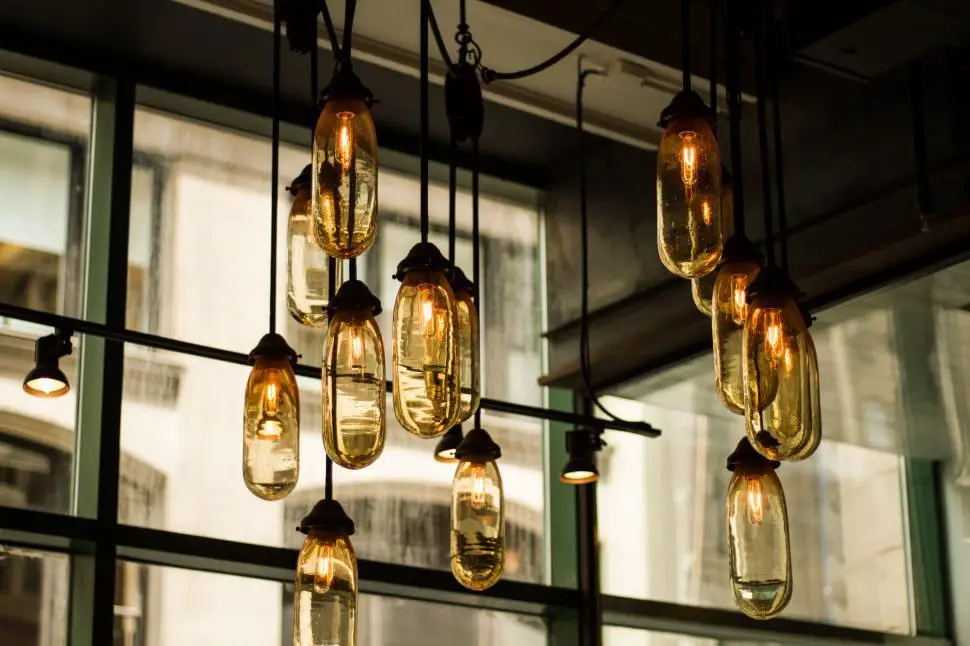
Industrial lighting—think exposed Edison bulbs, pipe-style fixtures, and metal cages—rode the wave of the modern farmhouse and loft aesthetic. Initially praised for its raw and utilitarian vibe, this trend has now saturated the market to the point of predictability. Industrial fixtures can make a home feel cold and unfinished, particularly when paired with overly rustic elements.
Designers are now gravitating toward softer, more sculptural lighting options made from natural materials like rattan, linen, or blown glass. These alternatives lend warmth and organic texture that industrial lighting often lacks. By 2028, those iron-clad chandeliers and bare-bulb sconces may scream “2017 Pinterest board” more than they do style-forward design.
11. Floating Vanities
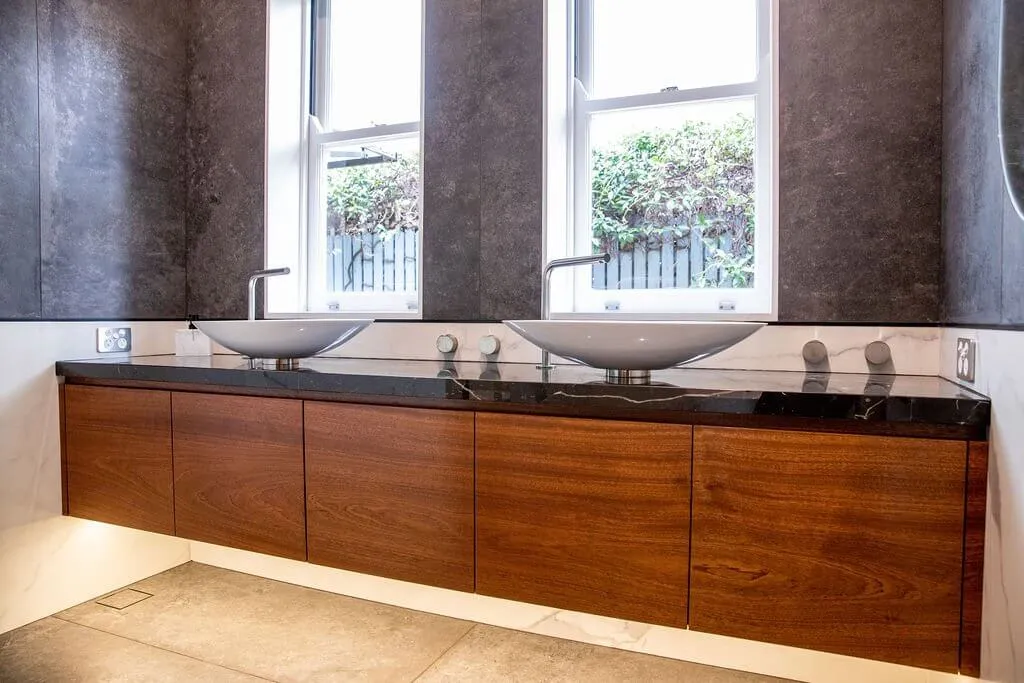
Floating vanities were once seen as the pinnacle of sleek bathroom design. Their wall-mounted nature offers a modern look while creating the illusion of more floor space. However, many homeowners are realizing floating vanities often sacrifice essential storage, especially in smaller bathrooms where every inch counts.
As design trends shift toward cozy, tactile, and practical spaces, furniture-style vanities with legs and deep drawers are coming back into vogue. These pieces offer character and ample storage while still feeling elevated. Floating vanities may stick around in minimalist settings, but they’re unlikely to hold their dominant position in bathroom design much longer.
12. Accent Walls in Bold Paint or Wallpaper
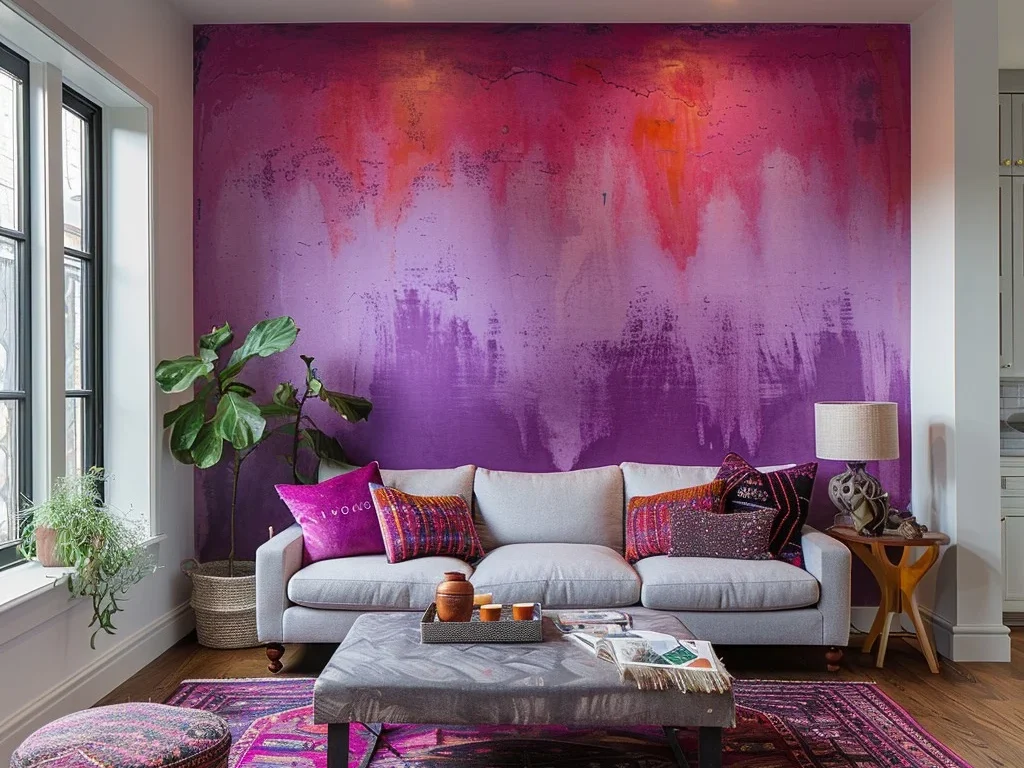
For a time, bold accent walls provided a simple way to make a statement in a room—just one wall with a bright color or eye-catching wallpaper could add drama without overwhelming the space. But by 2028, these solo statements may feel like a shortcut rather than a cohesive design plan. Today’s trends favor fully immersive color palettes or balanced, all-around applications of pattern and hue.
An accent wall can sometimes chop up a room visually or appear disconnected from the rest of the décor. Designers are increasingly opting for tonal layering—using shades within the same palette—to create depth and interest in a more sophisticated way. The era of the single teal wall or chevron wallpaper moment may soon be behind us.
